International Council for Veterinary Assessment: North American Veterinary Licensing Examination (ICVA-NAVLE) Practice Tests and PDFs
Comprehensive preparation materials designed by certification experts

International Council for Veterinary Assessment: North American Veterinary Licensing Examination (ICVA-NAVLE)
Online Practice Test
- Real exam like questions.
- Timed quiz for exam simulation.
- Instant results and explanations.
- Access anytime anywhere.
- Track progress and improve
Download PDF
- Comprehensive study guide
- Easy to read and well structured.
- Ofline Access anytime.
- Update to latest syllabus.
- Printable for convenience.
Exam Code:
Vendor Name:
Medical Professional
Total Questions:
1100
Last Updated Date:
April 7, 2025
Formate:
Practice Test Online
Downlaodable PDFs
Price:
$49.00
ICVA-NAVLE Test Features
Prepare with Confidence for the ICVA-NAVLE – International Council for Veterinary Assessment: North American Veterinary Licensing Examination (ICVA-NAVLE) by Medical Professional
Boost your chances of success with our expertly crafted preparation materials for the ICVA-NAVLE – International Council for Veterinary Assessment: North American Veterinary Licensing Examination (ICVA-NAVLE), a key certification offered by Medical Professional. Whether you're aiming to advance your career or validate your expertise, this exam is a crucial milestone in the Medical Professional Exams domain.
Try Before You Buy – Free Demo Access
We understand the importance of investing in the right study material. That's why we offer a free demo of our practice PDF and testing engine so you can evaluate the content quality before making a purchase.
What’s Included:
-
Updated Practice Questions: Aligned with the latest exam syllabus and objectives.
-
Downloadable PDF Files: Access your study material anytime, anywhere.
-
Web-Based Practice Test Engine: Simulate the real exam environment with our interactive engine.
-
Instant Access: Materials available immediately after purchase.
-
90 Days Free Updates: Stay up-to-date with any changes in the exam.
-
100% Pass Guarantee: We stand behind the quality of our content.
Why Choose Us?
Our International Council for Veterinary Assessment: North American Veterinary Licensing Examination (ICVA-NAVLE) study materials are designed by certified professionals and reviewed regularly to maintain accuracy and relevance. With a global track record of high success rates, we help candidates confidently clear their Medical Professional certification exams.
📥 Start your journey today! Try the demo, evaluate the content, and unlock full access to guaranteed success materials for the ICVA-NAVLE – International Council for Veterinary Assessment: North American Veterinary Licensing Examination (ICVA-NAVLE).
